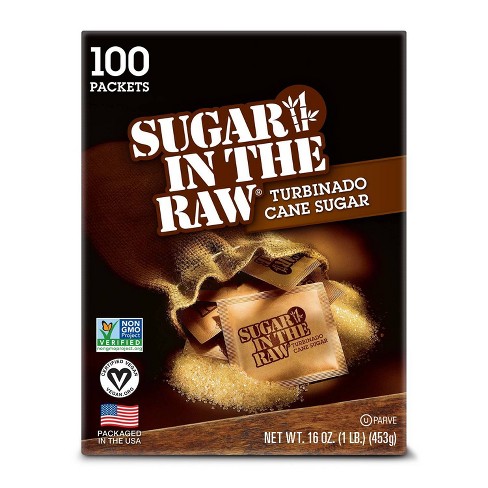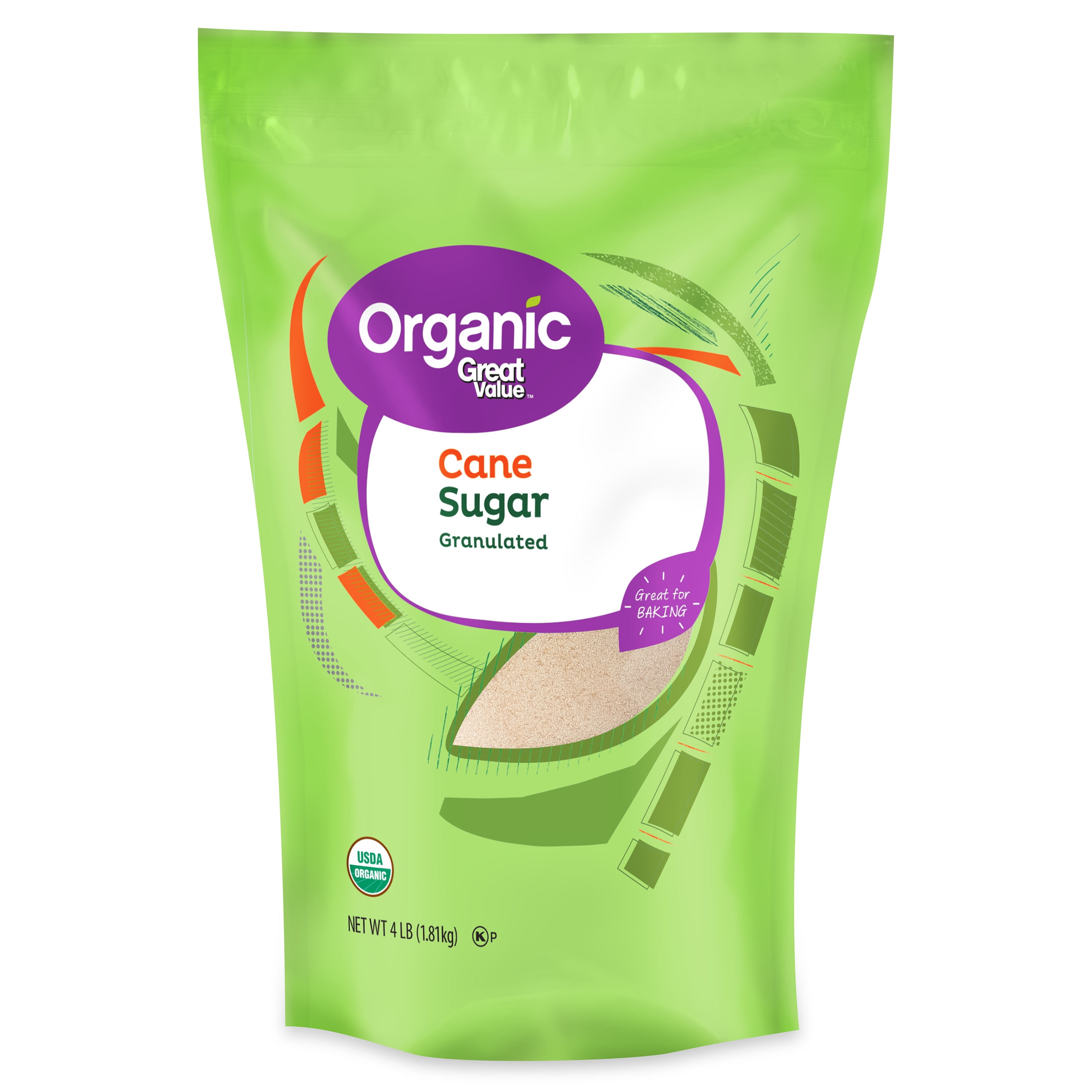Cane Sugar Processing: Key Technologies for Superior Sugar Manufacturing
Cane Sugar Processing: Key Technologies for Superior Sugar Manufacturing
Blog Article
Understanding the Crucial Methods and Technologies Employed in Modern Walking Stick Sugar Processing
The development of walking stick sugar handling has actually been substantially formed by the combination of advanced techniques and innovations that resolve both performance and sustainability. As we check out these vital advancements, it ends up being essential to take a look at just how they not just boost manufacturing yet additionally straighten with more comprehensive industry trends and customer demands, elevating questions regarding the future of sugar handling and its effects for global markets.
Historic Context of Cane Sugar Handling
The historical context of cane sugar processing exposes an abundant tapestry of farming technology and cultural exchange that has actually shaped its advancement over centuries. Coming From in Southeast Asia, sugarcane was grown as early as 8000 BCE - Cane Sugar Processing. The procedure of removing and fine-tuning sugar obtained energy in India, where techniques for formation were perfected around the 6th century. This knowledge traversed to the Center East, and by the 12th century, sugar ended up being a valued product in Europe, leading to the establishment of sugar haciendas in the Mediterranean.

Advanced Removal Techniques
Performance in cane sugar extraction has seen substantial developments, driven by the demand for greater returns and reduced production expenses. Typical approaches have actually progressed, paving the way to ingenious technologies that improve the efficiency of the removal process. One notable development is using enzyme-assisted extraction, wherein details enzymes damage down cell walls and release even more sucrose from the cane fibers. This method not just raises sugar yield but likewise minimizes the power required for processing.
In addition, the fostering of membrane layer purification technologies, such as nanofiltration and reverse osmosis, has transformed the separation of sugar from pollutants. These techniques enable the careful permeation of sugar particles while keeping larger contaminants, improving the extraction procedure and decreasing waste.
In addition, the assimilation of constant extraction systems has resulted in improved operational performance. Cane Sugar Processing. These systems preserve a continuous flow of cane material, ensuring optimal removal problems and minimizing downtime connected with batch processing
Cutting-edge Refining Technologies
Refining strategies in walking stick sugar processing have undergone a transformative change, driven by the demand for greater pureness and boosted product quality. Among one of the most remarkable advancements is the adoption of membrane layer filtering technologies, such as ultrafiltration and nanofiltration. These processes properly eliminate contaminations and colorants without the requirement for considerable chemical treatments, thereby protecting the sugar's all-natural flavor and boosting its appeal.
One more significant development is Going Here using ion exchange resins, which enable selective removal of undesirable ions from sugar services. This modern technology not only raises the overall purity of the last product however additionally contributes to decreased waste and ecological impact.
Moreover, improvements in adsorption strategies, making use of turned on carbon and various other sophisticated products, have actually shown effective in decolorizing sugar services while maintaining optimal top quality. The integration of these cutting-edge refining modern technologies ensures that suppliers can create polished sugar with exceptional clearness and taste, fulfilling the developing preferences of consumers.
Automation and Control Solution
Recent innovations in refining modern technologies have led the way for significant improvements in automation and control systems within cane sugar processing centers. These systems make use of innovative software and hardware to enhance functional performance, minimize human mistake, and make sure constant product high quality.
Modern automation integrates various components, including sensing units, actuators, and programmable reasoning controllers (PLCs), allowing real-time tracking and control of important procedures. As an example, temperature level, circulation, and pressure rates can be precisely regulated throughout removal, clarification, and crystallization phases, optimizing performance and lessening waste.
Furthermore, advanced information analytics and artificial intelligence formulas play a crucial duty in predictive upkeep, permitting operators to anticipate equipment failures before they occur. This proactive method not only reduces downtime but also extends the life-span of equipment.
On top of that, automation promotes the application of Industry 4.0 concepts, equipping sugar mills to accomplish greater connection and information exchange across procedures. Because of this, decision-making becomes even more educated and nimble, ultimately boosting the general competitiveness of cane sugar manufacturing. With these innovations, the market is well-positioned to fulfill expanding global needs while maintaining functional excellence.
Sustainability Practices in Sugar Manufacturing
Sustainability practices in sugar manufacturing have actually become significantly vital as the sector seeks to stabilize financial feasibility with environmental obligation. As customer awareness expands relating to the environmental influences of agricultural techniques, sugar manufacturers are taking on cutting-edge methods to decrease their environmental impact.
One significant method is the application of accuracy farming strategies, which make use of information analytics to optimize source usage, such as water and plant foods. This decreases waste and lessens the influence on regional ecosystems. discover this Moreover, several producers are transitioning to eco-friendly power resources, such as biomass from sugarcane results, to power their procedures, thus reducing reliance on nonrenewable fuel sources.
Water management techniques are likewise critical; rain harvesting and reliable irrigation systems assist minimize water scarcity concerns. Cane Sugar Processing. In addition, integrated insect monitoring techniques decrease chemical usage, advertising biodiversity and dirt health and wellness
Business social obligation efforts are emerging, with companies purchasing neighborhood neighborhoods and making sure fair labor practices. By welcoming these sustainability techniques, the sugar market not only enhances its credibility but additionally adds to a much more sustainable farming landscape, leading the means for future generations.

Final Thought
In recap, contemporary cane sugar handling integrates a variety of advanced strategies and modern technologies that substantially improve sustainability, effectiveness, and yield. Collectively, these advancements position the walking stick sugar sector to fulfill modern demands while resolving important worldwide difficulties.
The advancement of walking cane sugar handling has been significantly formed by the combination of advanced methods and technologies that attend to both efficiency and sustainability.The historic context of cane sugar processing discloses a rich tapestry of farming innovation and cultural exchange that has actually shaped its advancement over centuries. Innovations in milling and refining emerged, laying the foundation for modern walking stick sugar handling.Refining techniques in walking stick sugar handling have gone through a transformative change, driven by the demand for higher pureness and boosted product top quality.In recap, modern walking stick sugar handling integrates an array of advanced methods Continue and modern technologies that significantly improve return, sustainability, and performance.
Report this page